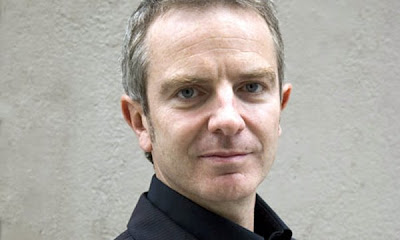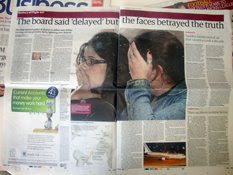
Should we be watching?
Cassandra Jardine reports in today's Telegraph that 'images force change' in a fantastic piece in the Comment section, in light of the YouTube footage of the death of Neda Soltan
'The film lasts only 40 seconds, but it is enough to affect world opinion... In years to come, the bloodied face of Neda - already called Angel of Freedom - will be the image that lingers of the Iran uprising, just as the naked napalmed girl running down the the road has come to encapsulate the Vietnam war...'
But these images are our modern version of of religious icons, with the eyes of the victim invariably looking heavenwards for deliverance as martyrs did in old master paintings
A painting does not purport to represent reality, but photographs and films do
Although they can be manipulated, like Robert Capa's faked 'The Fallen Soldier', and the sacked Reuters Middle East Chief photographer for his handling of Adnan Hajj's doctored images of the Israeli bombing of Beirut
The footage of Neda's death certainly has a ring of truth about it, and feels like something we can trust
Generally, however, British media stay clear of such shocking images, but in the YouTube age, this principle is being eroded
Surely the question now 'is this journalism or voyeurism?'









